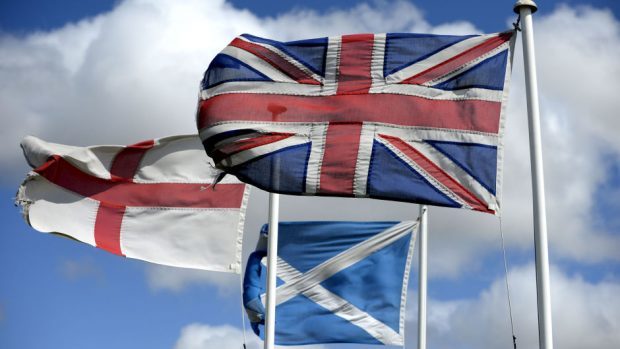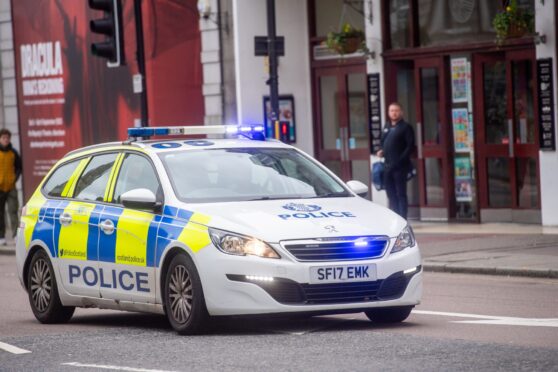Tax breaks could be included in a “Come to Scotland” package that would be designed to entice a new wave of skilled migrant workers after independence.
The idea, which aims to boost the nation’s population and contrast with the UK Government’s “hostile” approach to immigration, will be unveiled today as the SNP’s growth commission report is finally published.
Depopulation is considered to be a threat to the existence of many communities and local services in parts of the Highlands and islands.
Before any impact from Brexit is known, the Western Isles already faces a 14% drop over the next 20 years, and Argyll and Bute is due to lose 8% of its residents, while any population growth in Highland, Moray and Orkney is expected to be made-up entirely of older people.
It has now emerged that a key recommendation of the growth commission report will be to offer a “Come to Scotland” package to incentivise inward investment and drive new population growth.
It could include “transition relief” for highly-skilled migrant workers to offset costs associated with moving to Scotland against income tax, as well as setting a target to retain an additional 5,000 international graduates each year.
A new visa system could also be modelled on the most “easy to use in the world”.
Commission chairman Andrew Wilson said: “We have a great opportunity for Scotland to strike a completely different tone on a vitally important area of economic policy – how we attract talent to our country.
“For the next 25 years all of Scotland’s projected population growth is expected to come from migration.
“Under current UK policy there is a real danger that the working population in Scotland could fall – meaning fewer people creating wealth, jobs and contributing to our NHS.
“Growing our working population and, through it, our economy is perhaps the greatest national challenge we have – and is made even more urgent by Brexit and the threat it poses to our working age population.
“Scotland needs more migration to drive our economy forwards and we need to extend a friendly welcome to international talent.”
Scottish Conservative shadow finance secretary Murdo Fraser said: “It appears the SNP is finally admitting that high taxes do indeed put people off from coming to Scotland.
“In that case, why has it imposed the highest taxes on us right now?”
Liberal Democrat leader Willie Rennie said: “There is nothing hopeful or optimistic about inflicting yet more division and economic risk on our country by separating us from the UK.”










